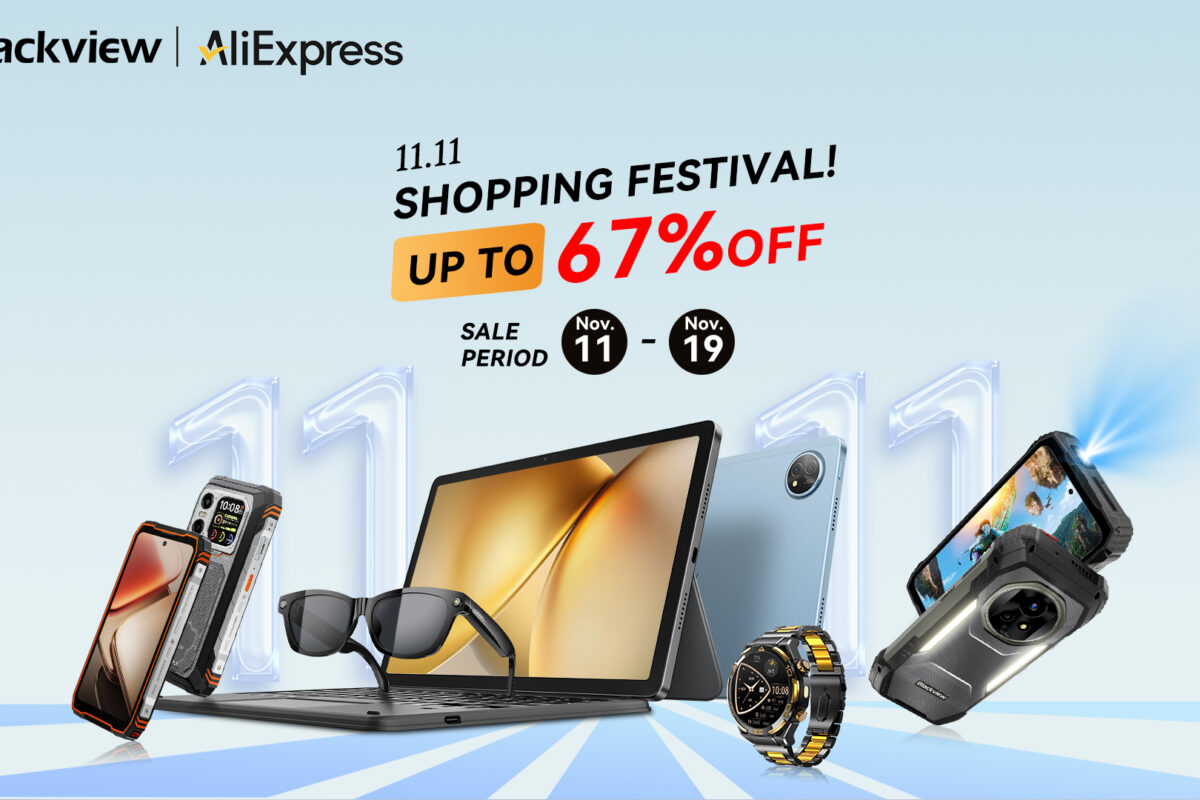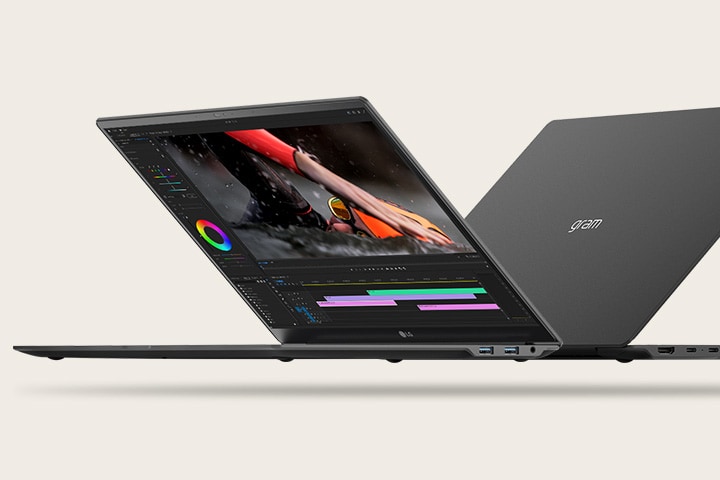Introduction
When you’re hunting for a new laptop, the display might seem secondary to specs like processing power and battery life. But think about it—your screen is your window to everything you do. Whether you’re working, gaming, or just satiating your favorite series, display quality can make or break your experience. So, how do you decide between the two leading display technologies of the moment: OLED and Mini-LED? Each has its perks, but your ideal pick depends on your needs, preferences, and lifestyle.
In this article, we’ll dive into OLED and Mini-LED technologies, comparing key aspects like color accuracy, brightness, longevity, and value for money. By the end, you’ll know exactly which one best suits your needs.
What’s the Difference Between OLED and Mini-LED?
Understanding what sets OLED and Mini-LED apart can be a game-changer in deciding which one deserves a spot on your next laptop.
OLED Technology: Pure Contrast and Vibrant Colors
OLED, short for Organic Light Emitting Diode, offers a unique feature that sets it apart from other display technologies—self-emissive pixels. This means that each pixel in an OLED display produces its light, which lets it turn completely off when displaying black, delivering a true, deep black. This technology is why OLED is celebrated for its contrast, vibrant colors, and near-perfect viewing angles.
If you’re in the creative field, working with images or video, you’ll likely appreciate OLED for its color accuracy and depth. Colors on OLED screens look striking, making them ideal for artists, designers, or anyone who values a visually immersive experience.
Mini-LED Technology: Brightness and Efficiency
Mini-LED, on the other hand, is based on an LED-backlit system, but with a twist. The LEDs used here are much smaller than traditional ones, which means more of them can fit into the same space. As a result, Mini-LED screens boast high brightness levels, excellent for outdoor visibility, and a more efficient way to control contrast by creating “dimming zones” that darken specific parts of the screen.
Mini-LED displays deliver vibrant colors and deep blacks, though they can’t achieve OLED’s true black levels due to their reliance on backlighting. However, the technology has an edge in brightness, making it ideal for laptops used in brightly lit environments or outdoors.
OLED vs. Mini-LED: Breaking Down the Key Differences
To help you make an informed decision, let’s compare these technologies on the features that matter most.
Color Depth and Vibrancy
- OLED: With OLED, each pixel controls its color and brightness, resulting in colors that are rich and deep. You’ll get stunning visuals, especially with HDR (High Dynamic Range) content, where colors look exceptionally vibrant and true to life.
- Mini-LED: While Mini-LED isn’t far behind in color quality, it slightly lags in deep, rich blacks because of the backlighting. However, if you need brighter visuals, Mini-LED can provide this without washing out colors.
Brightness and Outdoor Use
- OLED: OLED screens are generally bright, but they may struggle in direct sunlight or overly bright settings. Some high-end OLED panels address this with brighter peak outputs, but Mini-LED still outshines OLED in overall brightness.
- Mini-LED: Known for its intense brightness, Mini-LED is a top choice for outdoor visibility or bright indoor spaces. This makes it great for those on the go or users who work in bright settings.
Longevity and Risk of Burn-in
- OLED: The self-emissive nature of OLED brings a risk of “burn-in,” where static images can leave a permanent shadow on the screen over time. If you’re a heavy user who keeps static icons or toolbars on display, you may want to consider this factor.
- Mini-LED: Mini-LED doesn’t face burn-in issues, thanks to its LED-backlit nature. It’s typically a more durable option for those who prioritize longevity.
Energy Efficiency
- OLED: With OLED, each pixel works independently, which means darker themes or black backgrounds can significantly reduce energy consumption. This can save battery life, especially in applications with dark modes.
- Mini-LED: While Mini-LED is more efficient than traditional LED screens, it doesn’t save energy as effectively as OLED when using dark themes. That said, Mini-LED technology is continuously improving in this area.
Who Should Choose OLED?
If you’re a creative professional or a media enthusiast, OLED can be your best bet. Here’s why:
- Visual Creators: OLED is highly favored by photographers, graphic designers, and video editors for its unmatched color accuracy. The true blacks and high contrast levels offer a superior experience when working with visuals, ensuring what you see is what you get.
- Gamers: If you’re looking for immersive, cinema-like visuals in games, OLED’s contrast and color accuracy deliver just that. However, be mindful of burn-in if you tend to play games with static UI elements.
Who Should Choose Mini-LED?
If you’re someone who values brightness and durability, Mini-LED could be your top pick. Here’s why:
- Outdoor Users: Mini-LED’s high brightness levels make it a strong choice for those who work outdoors or in brightly lit environments. You won’t have to worry about visibility under harsh lighting conditions.
- General Productivity: For those who prioritize general usability and need a laptop screen that performs well without the risk of burn-in, Mini-LED is ideal. It’s durable, bright, and reliable, perfect for everyday use.
Future Display Tech: What Lies Ahead?
Looking forward, we may see an even greater evolution in display technology. MicroLED is a developing technology that combines the benefits of both OLED and Mini-LED. With self-emissive pixels like OLED but without the burn-in risk, MicroLED could bring true blacks, high brightness, and an extended lifespan. However, it’s still in the experimental phase and is not widely available in consumer laptops.
Expect to see more manufacturers experimenting with these technologies, which could result in lower prices for OLED and Mini-LED displays and even more competitive features. Staying informed will ensure you’re equipped to make a smart choice when the time comes for your next upgrade.
OLED vs. Mini-LED – Comparison Table
Here’s a quick side-by-side comparison to help you see how OLED and Mini-LED stack up in the most important areas:
| Feature | OLED | Mini-LED |
|---|---|---|
| Color Depth | Superior, vibrant colors | Excellent, but slightly less vibrant |
| Brightness | Moderate | High peak brightness |
| Black Levels | True black (self-emissive) | Deep, but not as true black |
| Burn-In Risk | Possible | Low |
| Power Efficiency | High (with dark themes) | Moderate |
Frequently Asked Questions (FAQ)
Is OLED or Mini-LED better for battery life?
OLED can save battery with dark themes due to its self-emissive nature. However, Mini-LED generally consumes more power, especially with bright visuals.
Does OLED still suffer from burn-in?
Yes, OLED screens are susceptible to burn-in if static images are displayed for prolonged periods. However, newer OLED panels have improvements to mitigate this.
Is Mini-LED worth the premium price?
If you value high brightness and durability without the risk of burn-in, Mini-LED’s price is worth it. It’s especially practical for general use and outdoor visibility.
Will newer technologies like MicroLED replace OLED and Mini-LED soon?
MicroLED shows promise but is not widely available yet. It may become a future standard as it combines OLED’s color and contrast with Mini-LED’s brightness and durability.
Conclusion
When it comes down to it, both OLED and Mini-LED displays have their strengths, each catering to different user needs. OLED offers unmatched color depth and contrast, making it a favorite for creatives and media lovers. On the other hand, Mini-LED shines in brightness and durability, perfect for those seeking a reliable, bright screen for outdoor use or long-lasting performance.
So, which one should you choose? If you’re after stunning visuals, OLED will make you fall in love with your screen every time. If you need a versatile, bright display that can withstand daily wear, Mini-LED might be your best friend.
I'm Salim, the creator and tech enthusiast behind this website. My passion for technology has been a lifelong journey, fueled by a deep curiosity about how things work and a desire to explore the latest gadgets and innovations that shape our world.




